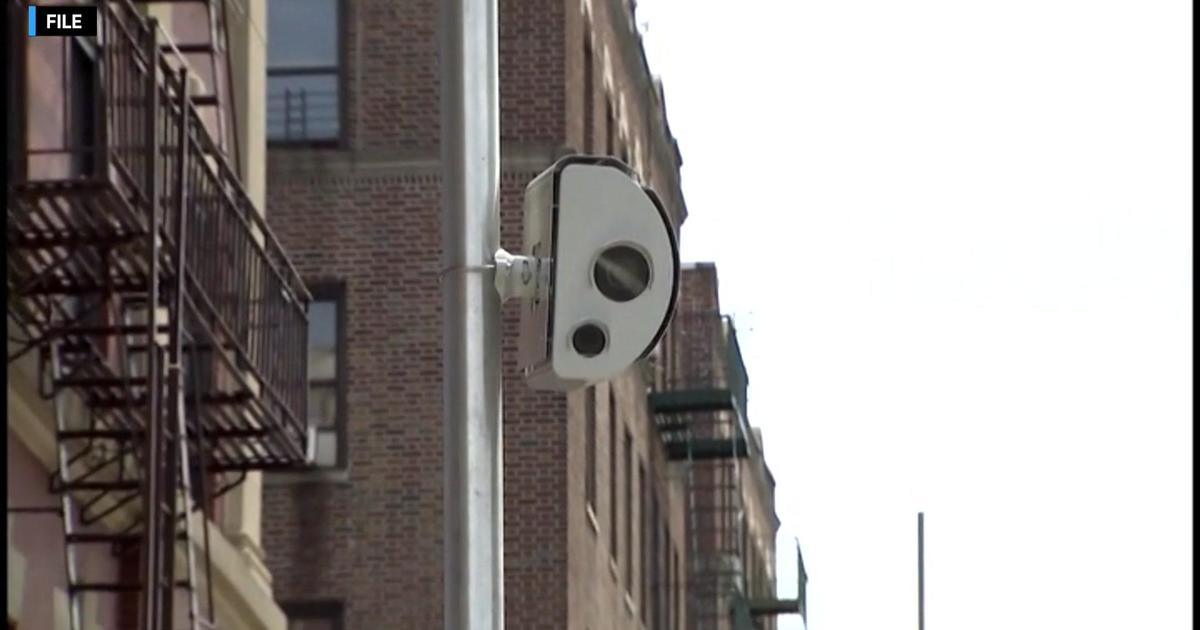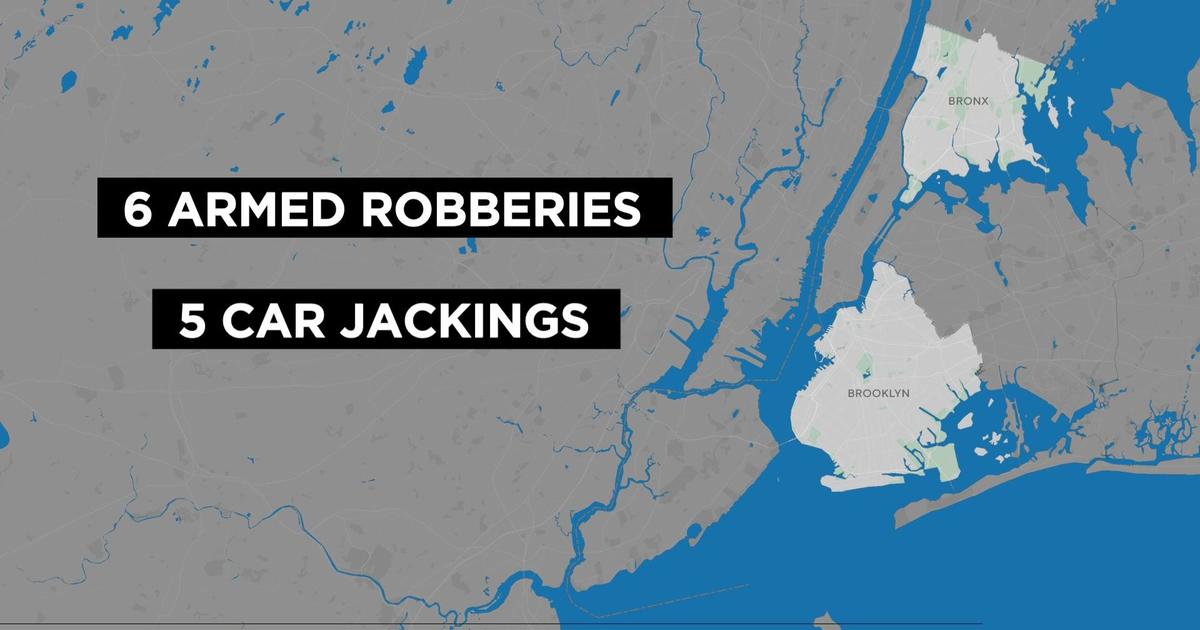Bloomberg Proposes Levees, Removable Walls In Plan To Protect NYC
NEW YORK (CBSNewYork/AP) -- Mayor Michael Bloomberg proposed a nearly $20 billion plan Tuesday to transform how New York City protects itself from storms and global warming.
As part of the plan, removable flood walls would be set up for much of lower Manhattan as well as a 15-to-20-foot levee to guard part of Staten Island and a system of gates and levees to protect a Brooklyn creek.
As WCBS 880's Rich Lamb reported, the mega-plan calls for a combination of permanent and temporary flood protection systems that can be installed before a storm rolls in and then be put back in storage for the next time.
"In places like Red Hook, Chinatown, the Lower East Side, East Harlem, Hunts Point and in front of Bellevue Hospital and along hospital row and possibly down to the Battery," Bloomberg said.
Bloomberg's proposals also include building dunes on Staten Island and the Rockaways, firming up the shoreline with bulkheads in various neighborhoods and considering building a levee and a new "Seaport City'' development at the South Street Seaport that would echo nearby Battery Park City.
"Some of our waterfront protections may be controversial; some may block views, but the alternative is to get flooded out," Bloomberg said.
Bloomberg Proposes Levees, Removable Walls In Plan To Protect NYC
"This plan is incredibly ambitious,'' Bloomberg said in a speech at the Brooklyn Navy Yard, acknowledging that much of the work would extend beyond the end of his term this year. "This is urgent work and it must begin now, so we'll use every one of the next 203 days to get as much work as possible underway. Piece by piece, over many years and even decades, we can build a city that's capable of preparing better, withstanding more and overcoming anything.''
Fueled by the city's blow from Superstorm Sandy last fall, the sweeping proposals represent a sizeable step up in scale and urgency for a mayor who has for years emphasized the threat of climate change to New York City, which has 520 miles of coastline.
The mayor also is suggesting giving $1.2 billion in grants to property owners to flood-proof their buildings and $50 million to nursing homes to improve theirs; making hospitals even in rarely flooded areas upgrade their pumps and electrical equipment; and expanding beaches and marshes, among other ideas.
The recommendations draw from updated predictions from the New York City Panel on Climate Change, a scientists' group convened by the city.
The plan rejects as too expensive a call from some to build a massive barrier across the entire New York Harbor, CBS 2's Tony Aiello reported.
"Smaller surge barriers are feasible and they could have prevented a lot of the flooding we saw during Sandy," Bloomberg said.
EXTRA: Read The Panel On Climate Change Report
The city report predicts a 101 percent increase in the number of people affected by coastal flooding, from 398,000 this year to more than 800,000 by 2050.
A once-in-a-century storm would likely spur a surge 5 or more feet higher than Sandy did, which sent a record 14-foot storm tide gushing into lower Manhattan.
And with local waters a foot to two and half feet higher than they are today, 8 percent of the city's coastline could see flooding just from high tides, the group estimates. Most of that coast is in a relatively undeveloped area near a bay.
"Sandy, obviously, increased the urgency of dealing with this and the need to plan and start to take concrete steps,'' Deputy Mayor Cas Holloway said.
The report also found that an average temperature of 54 from the 1970s to 2000 is set to spike to 57 degrees by 2020 and 60 degrees by 2050.
And the number of heat waves per year -- defined as three or more 90-plus degree days -- is predicted to go from two to four by 2020 and up to seven by 2050.
"At the high end of their estimates, by the 2050s, New York could have as many 90-degree days as Birmingham, Ala.," Rebuilding and Resiliency director Seth Pinsky said.
The new projections echo 2009 estimates from the climate change panel, but the timeframe for some upper-end possibilities has moved up from the 2080s to mid-century.
Bloomberg To Discuss NYC's Long-Term Plans For Climate Change
Bloomberg acknowledged that some of the ideas could block views and otherwise prove controversial, but "if we're going to save lives and protect the lives of communities, we're going to have to live with some new realities,'' he said.
Bloomberg said the city and federal money already allocated for Sandy relief would provide $10 billion for the projects, and the city believed it could get at least an additional $5 billion in federal money.
City Hall, the state government and others have released warnings over the years about climate risks. The city has required some new developments in flood zones to be elevated and has restored wetlands as natural barriers, among other steps.
Meanwhile, the Federal Emergency Management Agency released revisions Monday to proposed new flood zone maps for the city. About 218,000 people and 35,000 buildings are in the current once-in-100-year flood zone, drawn in the 1980s.
The new maps roughly double those numbers, though the revision shifts about 5,800 structures from a subset called the V zone, the area expected to suffer the worst damage, to a less stringent zone.
A roughly two-year review is expected before new maps become official. They can affect building regulations and insurance.
Check Out These Other Stories From CBSNewYork.com:
(TM and © Copyright 2013 CBS Radio Inc. and its relevant subsidiaries. CBS RADIO and EYE Logo TM and Copyright 2013 CBS Broadcasting Inc. Used under license. All Rights Reserved. This material may not be published, broadcast, rewritten, or redistributed. The Associated Press contributed to this report.)



